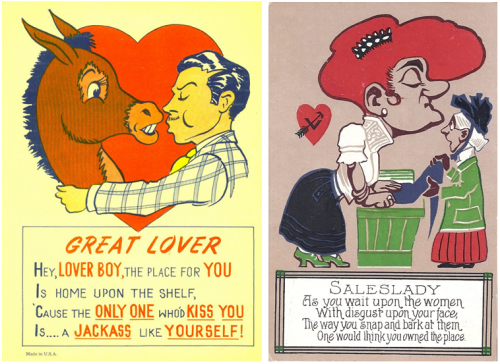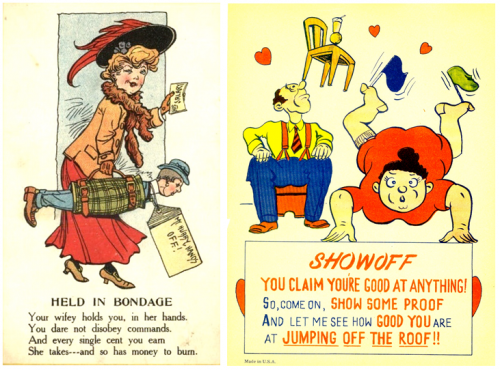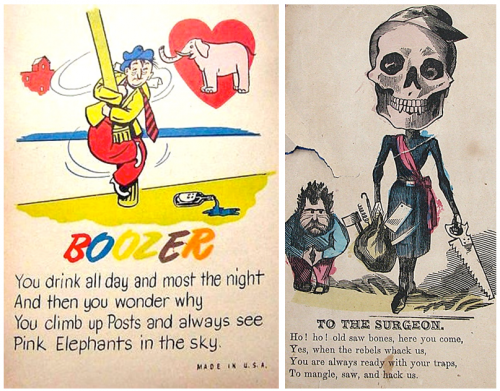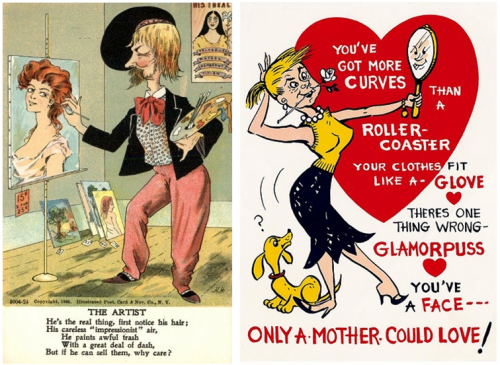Cross-posted at Girl w/ Pen.
Having written about sexually transmitted HPV (human papillomavirus) for 13 years, I’ve been waiting for the day when a celebrity would lend his or her fame to spotlight the realities of HPV infection, especially of HPV-related oral cancers. That day has come: this week Michael Douglas has announced that his cancer was caused by an HPV infection that was likely transmitted through oral sex. The mucus membrane tissue of mouth and throat are similar to those of genital skin, so researchers have known for some time that, like herpes, HPV could be transmitted oral to genital, as well as genital to oral.
My hopes are that big news can be a long-needed catalyst for change. Back in 2009, the research findings were already clear: oral transmission of cancer-causing HPV means that almost all of us are more likely at risk than we are safe from risk. For my 2010 feature article in Ms. Magazine, I focused on the importance of not only educating the public about HPV-related cancers in men but also about the HPV-oral cancer link. In addition, I advocated for the need to destigmatize all STDs: my research and book have shown that STD stigma makes it more likely for at-risk/infected individuals to put off getting tested and treated. STD stigma also makes it less likely for individuals to disclose their sexual health status to partners, placing those partners at greater risk for infection. In addition, negative stereotypes about the “types” of women and men likely to be infected distort our ideas of who is at risk.
I’ll wrap up this post with a call: for us to come together, to learn the facts and not be swayed by incomplete media coverage and confusing pharmaceutical claims. We must support significant funding increases to investigate exactly how we can prevent HPV-related oral/throat cancers, which research shows to be steadily on the rise and more fatal than cervical cancers in the U.S.
Adina Nack is the author of Damaged Goods? and a professor of Sociology at California Lutheran University. She specializes in medical sociology, gender inequality, and sexual health and writes for Girl w/ Pen.











